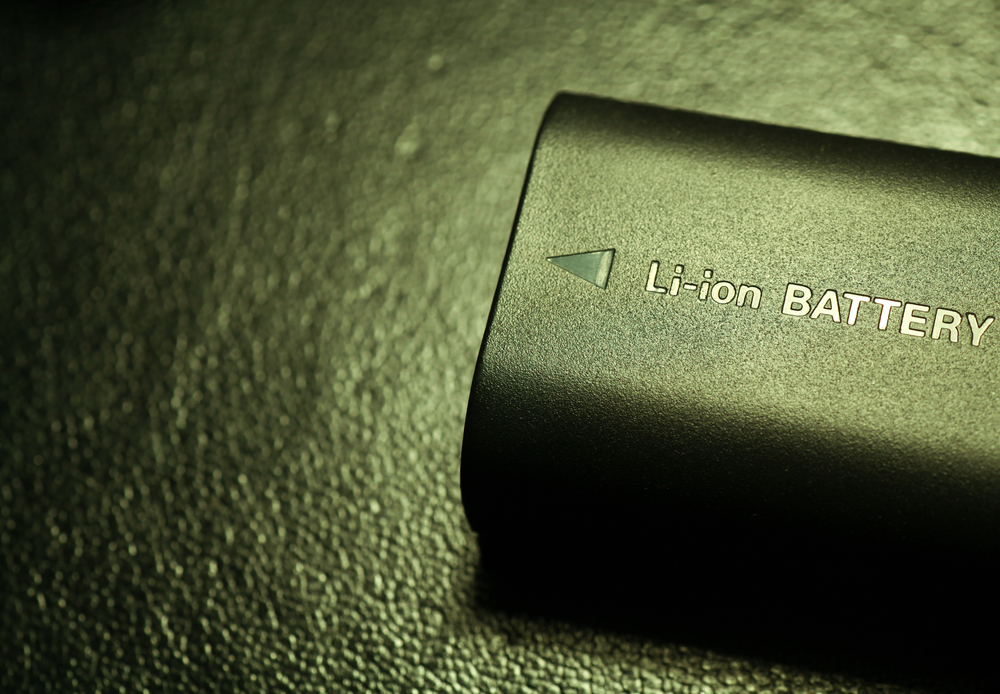
Image Credit: Janaka Dharmasena/Shutterstock.com
In October 2020, international battery manufacturer Microvast showcased a new ultra-fast-charging energy cell called MpCO 17.5Ah capable of fully charging in 20 minutes.
The business said prototypes are currently being made for a Norwegian marine manufacturer. The battery has also been chosen as the power source for a new fleet of port-based electric vehicles (EVs).
Overview of the Ultra-Fast-Charging Battery
Multiple essential features make the new battery an ideal option for the heavy-duty EV market. In addition to being an ultra-fast-charging power cell, the battery also suits the challenging charging profile of heavy-duty vehicle types, such as industrial vehicles, boats and trains. The power cell reduces vehicle idling time and greatly boosts the efficiency of operations.
The MpCO 17.5Ah cell can achieve 8,000 charging cycles, which is approximately double the number of cycles as comparable battery solutions on the market. Moreover, the new cell can perform well in temperatures as low as -30 degrees Celsius.
Microvast incorporates MpCO 17.5Ah technology into conventional modules and pack products. The flexible design solves various challenges faced by manufacturers worldwide and has a price point that has sparked an interest.
In July, Microvast completed construction on a production facility in Ludwigsfelde, Germany. The company said it plans to start production in March 2021 to begin making battery modules and packs for European customers.
The Microvast Battery Manufacturing Facility
In its new plant, Microvast is expected to put together parts made by the company's manufacturing facility in China. At first, the production capacity for the new factory is expected to be 1.5 GWh per year. However, it is expected to ramp up to 6 GWh per year.
The new German facility will also function as a research facility and the company’s European headquarters. Microvast said it had invested approximately 50 million euros in the project so far, and 250 jobs will be created.
The Road Ahead for Ultra-Fast-Charging Power Cells
Ultra-fast-charging power cells for EVs are significantly improving. For the foreseeable future, lithium-ion cells will be the foundation of this technology due to their high reactivity and energy density. Both factors allow for storing a relatively large quantity of energy in a compact space.
Lithium-ion technology also boasts robust storability and sturdiness, which translates to approximately 2,000 charging cycles in a typical all-electric vehicle. Experts expect future lithium-ion batteries to last much longer.
There are still many development opportunities related to lithium-ion cell chemistry and design. According to scientists at the Fraunhofer Institute for Systems and Innovation Research (ISI), power density has nearly doubled in lithium-ion technology within the last decade for large-format battery solutions used in electric cars. By 2030, power density could double.
Is it Safe to Charge a Battery Quickly?
There are numerous qualities of lithium-ion cells that hold potential for advancement. The most significant challenges are safety and slow charging speed. Being able to fully charge a battery in around 15 minutes makes electric vehicles much more appealing. However, there are significant safety considerations associated with charging at this rate.
With current rapid charging technology, lithium atoms pass into the crystallized carbon of the battery's electrode, where they are later recovered during discharge. At ultra-fast charging speeds, charge carriers are more prone to sticking to the exterior of the crystals on an electrode, forming a metallic layer that damages the cell. When this happens, capacity and power can seriously decline with each charge, and a dangerous short circuit is more likely to happen.
Another issue is the need to produce specialized charging plugs and cables. Furthermore, vehicle infrastructure should be refurbished to handle higher currents.
While lithium will continue to be the foundation for ultra-fast-charging power cells, a different alternative is currently being researched for the near future: lithium-sulfur batteries. The cathode is made up of sulfur grid within these battery solutions, rather than the customary matrix of cobalt, nickel, and manganese. This alteration makes the batteries appreciably lighter than traditional battery solutions. However, these power cells are also considerably more costly, and their sturdiness is still thought of as problematic.
Solutions related to ultra-fast-charging power cells may be restricted mostly by price. According to industry consultant Horváth & Partners, while the cost of lithium-ion batteries per kWh has decreased from 400 euros in 2013 to more than 100 euros in 2019, that decrease is not projected to continue at this rate, mostly as a result of escalating demand and the cost of raw materials, which cover as much as 75% of a battery's cost.
Resources and Further Reading
Microvast. Microvast Europe Launches an Ultra-Fast-Charging Power Cell to Tap Into the Heavy-Duty EV Market. Agility PR Solutions. [Online] Available at: https://agilitypr.news/Microvast-Europe-Launches-an-Ultra-Fast--12887
Porche. The Perfect Cell. [Online] Available at: https://newsroom.porsche.com/en/2020/technology/porsche-engineering-lithium-ion-cells-technology-21927.html
Randall, C. Microvast completes battery factory in Brandenburg. Electrive.com. [Online] Available at: https://www.electrive.com/2020/07/03/microvast-completes-battery-factory-in-brandenburg/
Disclaimer: The views expressed here are those of the author expressed in their private capacity and do not necessarily represent the views of AZoM.com Limited T/A AZoNetwork the owner and operator of this website. This disclaimer forms part of the Terms and conditions of use of this website.